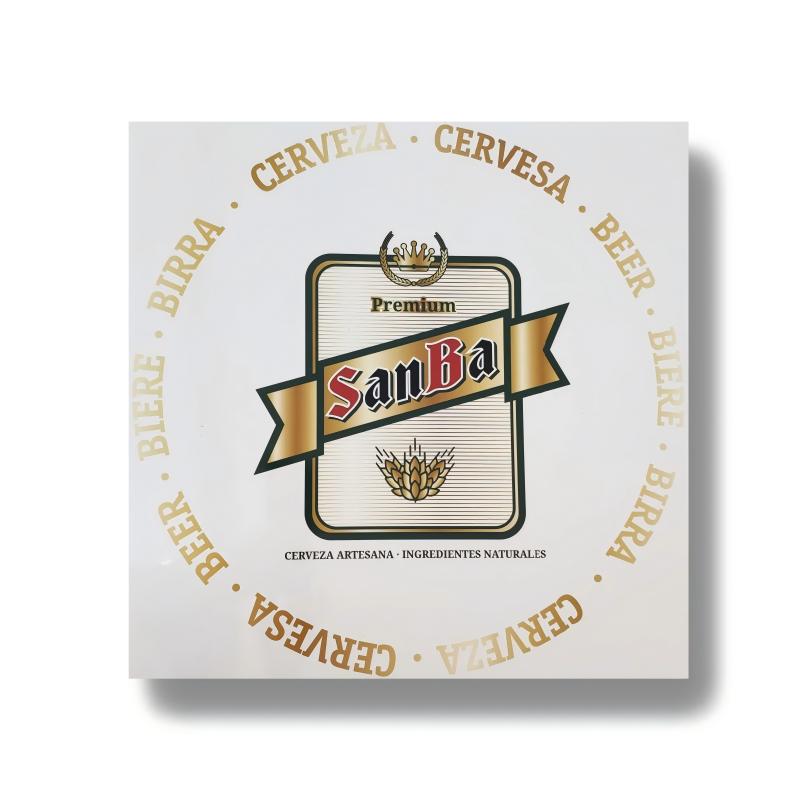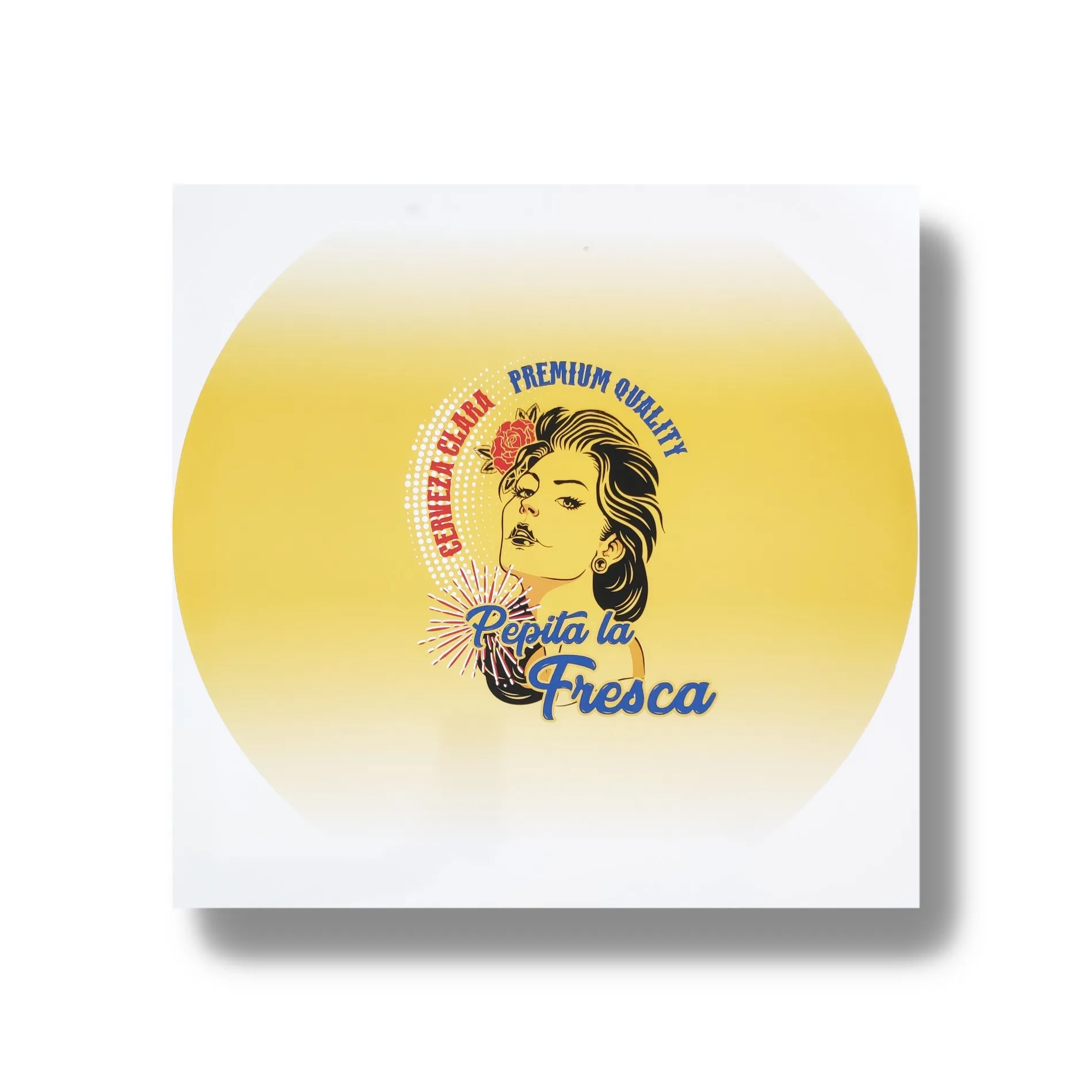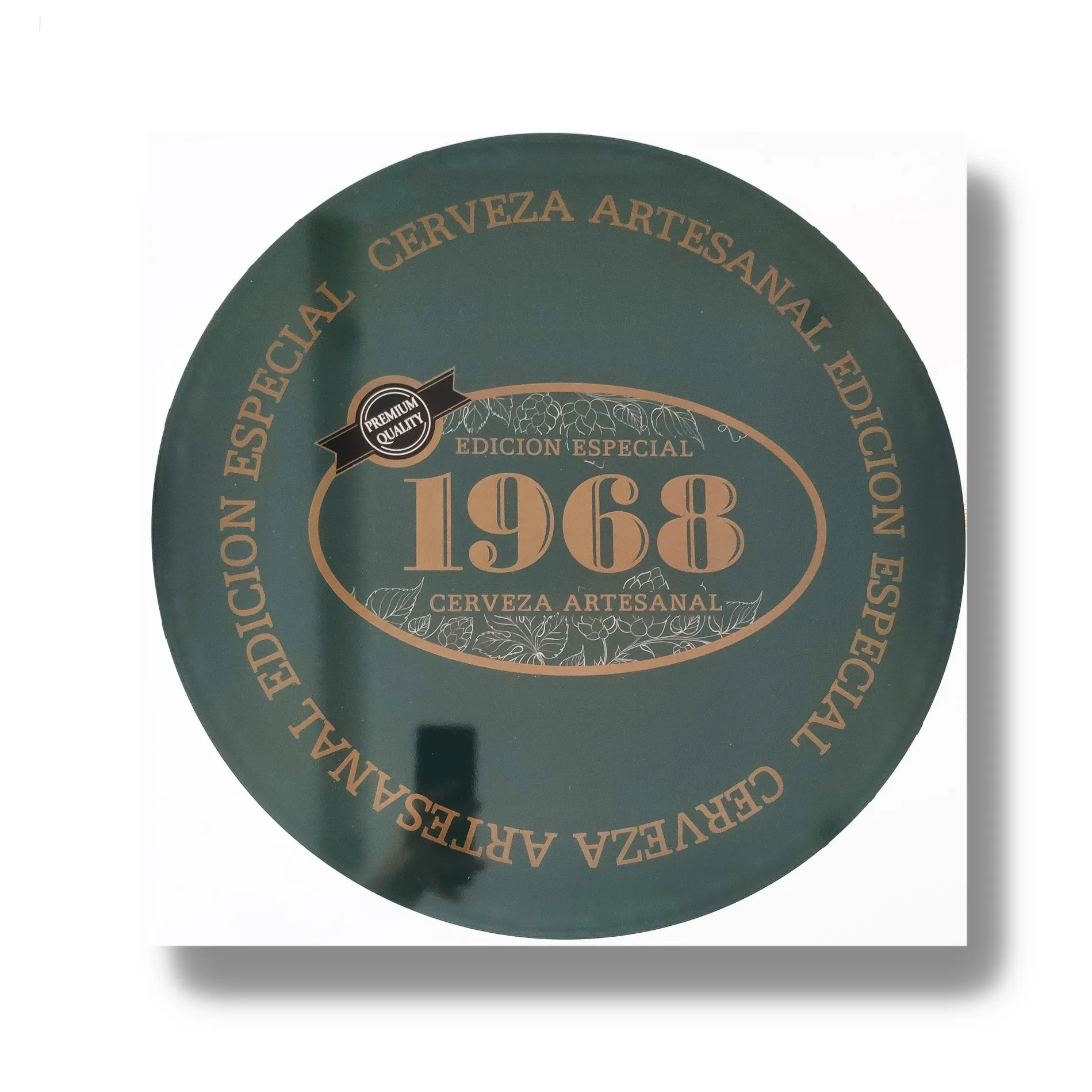As a metal container widely used in food, beverage, chemical products and other industries, tinplate packaging cans have been widely favored by consumers and manufacturers due to their sturdy and durable characteristics. However, although tinplate has a certain degree of corrosion resistance, tinplate packaging cans are still prone to corrosion during actual use. This problem is not only related to the quality and service life of the packaging cans, but also directly affects the safety and quality stability of the internal products.
So, why are tinplate packaging cans prone to corrosion? This news will conduct an in-depth analysis of tinplate material properties, production processes, use environment and other aspects.

What are the components of tinplate?
First of all, to understand why tinplate is prone to corrosion, we must start with its material composition. Tinplate is a thin steel plate coated with a layer of tin on the surface, which is usually used to make food cans, beverage cans, aerosol cans, etc. Its manufacturing process is to plate a tin layer on the surface of low-carbon steel to form a composite material that has both the strength of steel and the corrosion resistance of tin.
The structure of tinplate can be divided into three layers:
1. Steel substrate: The main body of tinplate is low-carbon steel, and the strength of steel provides tinplate with strong physical protection.
2. Tin-plated layer: The surface of the steel substrate is covered with a thin layer of tin, which mainly prevents the steel from direct contact with the external environment, thereby reducing oxidation and corrosion.
3. Passivation treatment layer: The outside of the tin-plated layer is usually passivated to further enhance its corrosion resistance. This passivation film can be an oxide or a chemically treated protective layer that can reduce the reaction of tin with oxygen or other corrosive media.
Theoretically, tinplate should have good corrosion resistance, but this is not the case in reality. The corrosion resistance of tinplate mainly depends on the integrity of the tin layer. Once the tin layer is damaged, the steel substrate will be directly exposed to the external environment and prone to corrosion.

Why are tinplate packaging cans prone to corrosion?
Reasons why tinplate packaging cans are prone to corrosion:
1. The protective effect of the tin layer is limited
● Uneven thickness of the tin layer
● Scratches or damage to the tin layer
● Chemical reaction between the tin layer and the contents
2. Corrosion susceptibility of the steel substrate
3. The influence of the use environment on corrosion
● High humidity environment
● Acid and alkali environment
● High temperature environment
● Contact with different chemicals
4. Electrochemical corrosion
● Contact between different metals
● The presence of electrolyte solution
The protective effect of the tin layer is limited
Although the tin layer can provide protection for the steel substrate to a certain extent, this protection is not absolute. The protective effect of the tin layer may be weakened under various conditions, especially in the following cases:
1. Uneven thickness of the tin layer: In the production process of tinplate, the thickness control of the tin layer is a key issue. If the tin layer is too thin or unevenly distributed, it is easy to form "weak points" locally. These parts have poor corrosion resistance and are prone to corrosion during use.
2. Tin layer scratches or damage: During the production, transportation, storage and use of tinplate packaging cans, the tin layer may be broken or scratched due to external physical damage. For example, the can body is subjected to mechanical impact during canning and sealing, extrusion during transportation, or even scratched by a knife during use, which will cause the tin layer to be damaged. Once the tin layer is damaged, the steel substrate is directly exposed to the external environment, and oxygen and moisture penetrate, which can easily lead to rapid corrosion of the steel.
3. Chemical reaction between the tin layer and the contents: In some cases, the tin layer may react chemically with the substances in the packaging can, especially when the can contains acidic or alkaline substances. For example, some acidic foods such as canned fruit and carbonated beverages may react with tin to generate highly soluble tin salts, causing the tin layer to gradually become thinner and the protective effect to weaken.
Corrosion resistance of steel substrate
Although the tin layer provides a certain degree of protection for the steel substrate, the corrosion resistance of the steel substrate itself cannot be ignored. The main component of steel materials is iron, and iron is very easy to oxidize with oxygen and moisture in the air in a humid environment to form rust. This oxidation reaction is essentially corrosion.
In tinplate, when the tin layer is damaged or thinned, the steel substrate is exposed to air or moisture, and an oxidation reaction begins to occur to generate iron oxide. This will not only cause rust on the surface of the can, affecting the appearance, but also lead to a decrease in structural strength and even leakage problems. Especially when the packaging can is used to store liquid or semi-solid food, corrosion will develop faster and eventually lead to can failure.
The impact of the use environment on corrosion
The corrosion rate and form of tinplate packaging cans will also be different in different use environments. Specifically, the humidity, temperature, chemical composition, etc. in the environment will affect the corrosion of tinplate.
1. High humidity environment: Tinplate packaging cans are more prone to corrosion in a high humidity environment. Moisture in the air can easily penetrate into the tiny defects of the tin layer and come into contact with the steel substrate, causing it to oxidize. This is particularly evident in coastal areas or humid warehouse environments, where rust may quickly appear on the surface of the can.
2. Acid-base environment: Acidic or alkaline environment will accelerate the corrosion of tinplate. Whether it is the contents stored inside the packaging can or the acid-base gas in the external environment, it will have a corrosive effect on tinplate. For example, canned acidic foods such as jam and ketchup will cause the tin layer to dissolve quickly, and the corrosion of the steel substrate will accelerate after being exposed.
3. High temperature environment: High temperature will accelerate the chemical reaction rate of metals, so under high temperature conditions, the corrosion rate of tinplate will also accelerate. For example, in the hot filling process, tinplate cans are filled with food under high temperature conditions, and the chemical reaction rate between the tin layer and the contents may accelerate, thereby accelerating the damage of the tin layer.
4. Contact with different chemicals: Tinplate may also experience accelerated corrosion when it comes into contact with certain chemicals. For example, if the packaging can contains alcohol or products containing volatile organic compounds, these substances may penetrate into the tin layer, causing the tin layer to fail.
Electrochemical corrosion
In addition to environmental factors and defects in the material itself, electrochemical corrosion is also one of the important causes of corrosion in tinplate packaging cans. The corrosion process of tinplate is essentially an electrochemical reaction, which is particularly prominent in the following situations:
1. Contact between different metals: In the manufacturing process of aerosol cans or other complex packaging cans, different metal materials are often used. For example, the valve may be made of aluminum alloy, and the can body is tinplate. Because different metals will produce different potential differences in electrolyte solutions, a current loop is formed, which accelerates electrochemical corrosion. When tinplate cans come into contact with other metal materials, especially in a humid or electrolyte-containing environment, this electrochemical corrosion may occur, resulting in accelerated corrosion of the can body or other metal parts.
2. The presence of electrolyte solution: Electrolyte solutions such as salt water and acid-base solutions will accelerate the occurrence of electrochemical corrosion. When the contents of the packaging can contain high salt or acid-base components, the potential difference between the tin layer and the steel substrate will be transmitted through these electrolyte solutions, resulting in increased corrosion. This situation is particularly common in canned seafood or salty food cans.

What are the measures to prevent tinplate corrosion?
Although tinplate packaging cans are prone to corrosion, there are still many measures that can effectively delay the occurrence of corrosion and extend the service life of packaging cans during actual production and use. The following are several common anti-corrosion measures:
1. Strengthen the protection of the tin layer: Improving the thickness and uniformity of the tin layer is an important measure to extend the life of tinplate. In addition, passivation treatment or coating a layer of protective paint on the outside of the tin layer can further improve the corrosion resistance of tinplate.
2. Use coating technology: Applying a layer of food-grade internal and external protective coating on the surface of tinplate can effectively isolate the contact between the tin layer and the external environment, preventing chemical reactions and electrochemical corrosion.
3. Reasonable storage and transportation conditions: Avoid storing tinplate packaging cans in high humidity, acid-base gas or salt spray environments to reduce the corrosion of the external environment on the tin layer and steel substrate.
4. Use appropriate sealing technology: Improve the sealing performance of the packaging cans, reduce the infiltration of air and moisture, and effectively reduce internal corrosion.
DKtinplate is a leading factory in the metal packaging sector, providing top-notch tinplate materials, aerosol cans, and customized solutions. Based in Foshan, China, our 50,000-square-meter facility houses state-of-the-art equipment, including FUJI printing lines and automated cutting lines. Our products are ISO9001-certified, and we hold multiple patents, showing our commitment to quality and innovation. With annual production exceeding 300 million units, we are a preferred supplier for brands seeking affordable wholesale options, discounted prices, and reliable manufacturing. Contact us today to discuss your packaging needs and receive competitive quotes.

